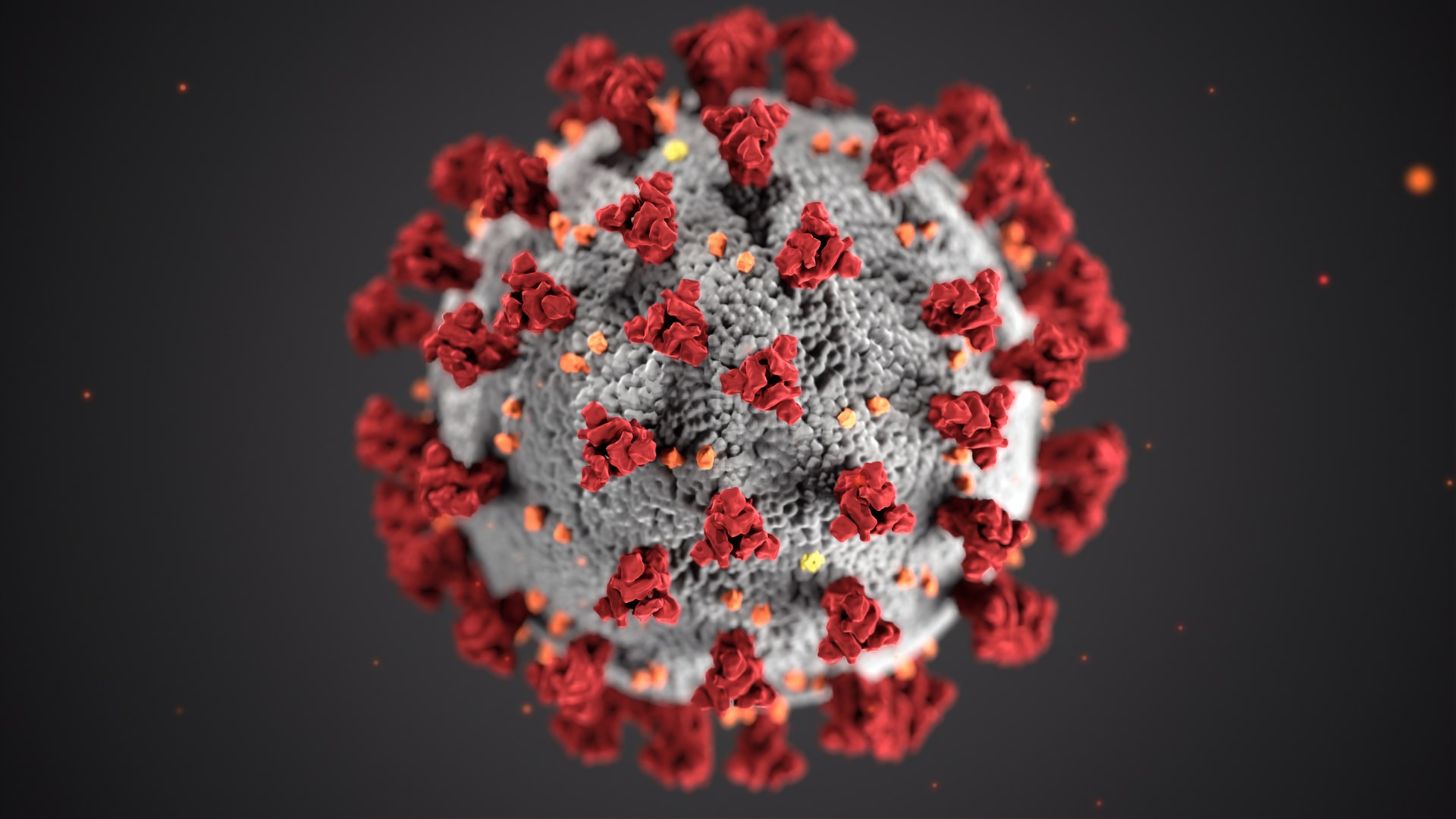
12 recommendations for addressing future challenges through citizen science
CS Track project
Feb. 28, 2022, 3:10 p.m.
The COVID-19 pandemic exposed an opportunity to improve the outcomes of citizen science in response to emerging challenges. Such unforeseen events can have a transformative power of their own, as we could all witness in recent years. Entire populations were suddenly locked down and their behaviour modified in various ways - for instance through travel restrictions and social distancing, or by being forced to pause work or studies. This process was often accompanied by feelings of anxiety, but it also meant that some people suddenly had more free time at their disposal. Participation in many citizen science programs skyrocketed in this period, demonstrating the unique potential citizen science offers to tap into people’s willingness to contribute to a greater good.
The CS Track team of researchers led by Dr. Anne Turbe (Ecoscope) and Dr. Yaela Golumbic have recently published a study that investigates the potential of citizen science to respond to emerging challenges. This report presents an analysis of Covid-19 citizen science projects based on a two-phase research approach consisting of a website content analysis and detailed case studies of seven citizen science initiatives. It also includes a set of recommendations for tackling future challenges.
Website content analysis
In total, 25 citizen science projects focused on Covid-19 were identified and subjected to website content analysis. Most projects were entirely new (72%), but 7 projects consisted in extending previous activities of existing citizen science projects, in particular influenza monitoring projects. The content analysis findings include:
All projects stated their aims clearly.
Most projects were initiated either in Europe (44%) or in Northern America (36%), with only three projects originating from other parts of the world (Australia, Singapore, Israel).
Almost all projects were widely accessible, targeting a broad audience and requiring no special skills (92%).
The projects were usually interdisciplinary and covered engineering, social sciences, natural sciences and medical sciences.
Citizens were mostly involved in data collection, and over three fourths of projects were contributory (76%, n=19).
The vast majority of projects were participatory crowd-sourced projects (92%), with only two projects relying on distributed intelligence.
Most projects required participants to answer a questionnaire (64%), often also including the location (tracked or from zip code, n=8 projects, 32%), or more rarely a picture (n=2, 8%).
Overall, the projects provided limited opportunities for the participants to interact with the data.
Mobile technology offered unprecedented opportunities for supporting data collection relying on images, movement patterns and basic physiological variables. One of the biggest challenges in the current COVID-19 pandemic has been the difficulty to effectively track the virus, predict public health outcomes and recommend quick public health interventions. Through web or mobile apps, citizen-driven efforts can effectively fill those gaps, whether volunteers regularly log details about their location (CovidWatcher), their symptoms (Quantified Flu, Outbreaks Near Me), their well-being (Covid Open Survey), or the material resources available in their community (CovidWatcher, Safcast Covid-19 map).
12 recommendations for addressing future challenges through citizen science
Detailed case studies of Covid-19 citizen science projects were used to provide additional in-depth information on how citizen science can help respond to emergencies. They also allowed the CS Track researchers to assess alignment with the overview analysis of projects based solely on their online content.
Building on the good practices observed in these case studies, the CS Track researchers were furthermore able to identify some key elements that were shared by all case studies and seem to enable responsiveness and impact delivery during a crisis.
When building your project, cooperate with projects and\or people that are already involved in the subject of research.
Invest in the citizen science infrastructure early-on, before the next emergency arrives. From a technical point of view, a nimble, adjustable infrastructure is needed that can easily be leveraged and deployed at scale. OpenPandemics, Covid Phym, Outbreaks Near Me and Safecast Covid 19 map were all able to build on an existing volunteer community and big data infrastructure.
Plan for success: Think big. When you have a project with a high potential, it is worth investing in it from the start and planning for success. This may also require thinking about the funding model to ensure project sustainability. The Flu Near You platform could not be extended to include Covid-19 symptoms because its technology was too obsolete. This led to the creation of the Covid Near Me Platform, then fully redesigned and replaced by Outbreaks Near Me, when funding was available to develop a more expandable platform.
Make sure that your citizen science activity has a clear, explicit, and straightforward goal.
Keep it simple, this will help make the project more accessible and allow you to attract more participants, rather than scaring them off through complex or overly long surveys.
Be realistic and manage expectations. Agree on what your project goal is and frame your project accordingly.
Design openness into the system from the beginning by making data easily accessible. Most of the case studies analysed will make their data available upon request while, presently, only aggregated results are directly accessible.
Keep your contributors happy, update them regularly and thank them for their efforts.
Make sure the project is accessible to diverse audiences.
Understand and listen to people’s concerns.
Give back to your participants to secure trust and engagement.
Partner with NGOs. Partnerships with non-scientific organisations can improve communication between researchers and citizen scientists, encourage social accountability, and help with outreach and dissemination of results.